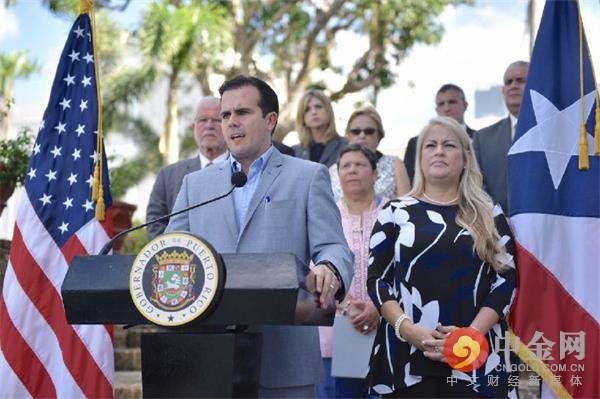"Understanding Disaster Loans: Your Comprehensive Guide to Financial Relief After a Natural Disaster"
#### What are Disaster Loans?Disaster loans are financial assistance programs provided by the government, primarily through the Small Business Administratio……
#### What are Disaster Loans?
Disaster loans are financial assistance programs provided by the government, primarily through the Small Business Administration (SBA) in the United States, aimed at helping businesses and individuals recover from the devastating effects of natural disasters. These loans are designed to cover the costs of repairing or replacing damaged property, equipment, and inventory, as well as to provide working capital during the recovery process.
#### Types of Disaster Loans
There are several types of disaster loans available, each tailored to meet the specific needs of different applicants. The most common types include:
1. **Home Disaster Loans**: These loans are available for homeowners and renters to repair or replace their primary residence damaged by a disaster. They can cover costs related to structural repairs, replacing personal property, and even temporary housing expenses.
2. **Business Physical Disaster Loans**: These loans are for small businesses that have suffered physical damage due to a disaster. They can be used to repair or replace damaged buildings, machinery, and inventory.
3. **Economic Injury Disaster Loans (EIDL)**: These loans are designed to provide working capital to small businesses that are experiencing a temporary loss of revenue due to a disaster. This type of loan helps businesses maintain their operations while they recover from the economic impact of the disaster.
#### Eligibility Criteria for Disaster Loans
To qualify for disaster loans, applicants must meet certain eligibility requirements. These typically include:

- The disaster must be declared by the President or the governor of the state.
- The applicant must have suffered a physical or economic loss as a direct result of the disaster.
- For businesses, they must be operating in a declared disaster area and have been in business prior to the disaster.
#### Application Process for Disaster Loans
Applying for disaster loans involves several steps:
1. **Determine Eligibility**: Before applying, it’s essential to confirm that you meet the eligibility criteria for the specific type of disaster loan you are seeking.
2. **Gather Documentation**: Applicants need to collect necessary documentation, including proof of identity, financial statements, and estimates of repair costs.
3. **Submit Application**: Applications can be submitted online through the SBA website or in person at designated disaster recovery centers. It’s crucial to complete all sections of the application accurately to avoid delays.
4. **Loan Processing**: Once submitted, the SBA will review the application, conduct a credit check, and assess the damage to determine the loan amount.

5. **Loan Approval and Disbursement**: If approved, funds are typically disbursed quickly to help applicants begin their recovery process.
#### Benefits of Disaster Loans
Disaster loans offer numerous benefits to those affected by natural disasters:
- **Low-Interest Rates**: These loans often come with lower interest rates compared to traditional loans, making them more affordable for borrowers.
- **Long Repayment Terms**: Borrowers are usually given extended repayment terms, which can alleviate the financial burden as they recover.
- **Support for Recovery**: Disaster loans provide essential financial support that enables individuals and businesses to rebuild and recover more effectively.
#### Conclusion
Disaster loans are a vital resource for individuals and businesses affected by natural disasters. Understanding the types of loans available, eligibility criteria, and the application process can significantly enhance your chances of receiving the financial assistance you need. If you find yourself in a situation where disaster loans may be applicable, don’t hesitate to reach out to the SBA or local disaster recovery centers for guidance and support. Remember, timely action can make a significant difference in your recovery journey.